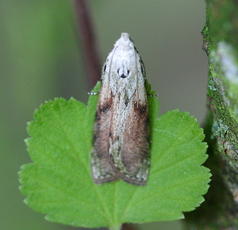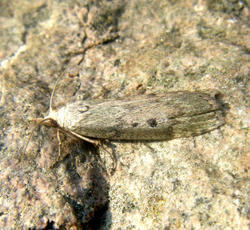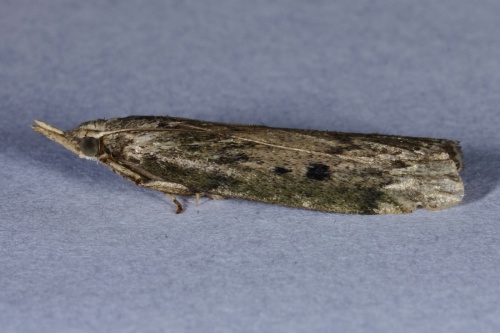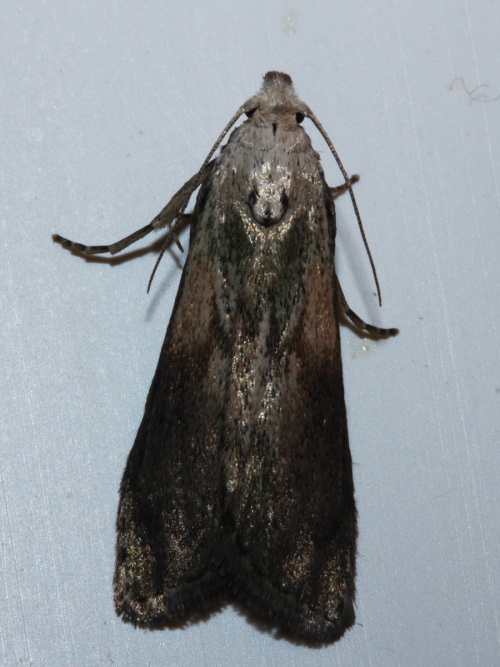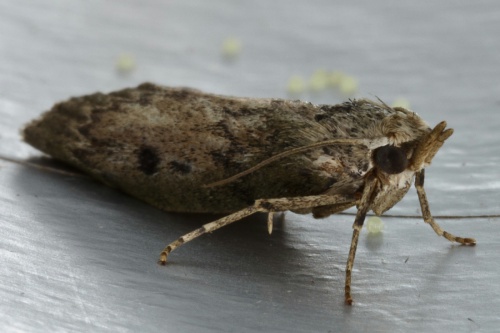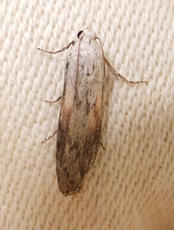Bee Moth - Aphomia sociella
Wingspan 18 to 44 mm. This species is sexually dimorphic but both sexes are somewhat variable. Males have a creamy white head, thorax and forewing proximal to the antemedian line. Females have two black discal spots between the antemedian (first) and postmedian (second) lines, the more distal being the larger.
Common around bee and wasp nests and beehives throughout Britain.
June to August.
Larva feeds on the debris in and the contents of wasp and bee nests.
Fairly common over much of Britain. In the Butterfly Conservation’s Microlepidoptera Report 2011 this species was classified as common.
Quite common in Leicestershire and Rutland. L&R Moth Group status = A (common and resident)
Leicestershire & Rutland Map
Enter a town or village to see local records
MAP KEY:
Yellow squares = NBN records (all known data)
Coloured circles = NatureSpot records: 2020+ | 2015-2019 | pre-2015
UK Map
Species profile
- Common names
- Bee Moth
- Species group:
- Moths
- Kingdom:
- Animalia
- Order:
- Lepidoptera
- Family:
- Pyralidae
- Records on NatureSpot:
- 665
- First record:
- 16/06/2002 (Nicholls, David)
- Last record:
- 09/05/2024 (Leese, Eric)
Total records by month
% of records within its species group
10km squares with records
The latest images and records displayed below include those awaiting verification checks so we cannot guarantee that every identification is correct. Once accepted, the record displays a green tick.
In the Latest Records section, click on the header to sort A-Z, and again to sort Z-A. Use the header boxes to filter the list.


